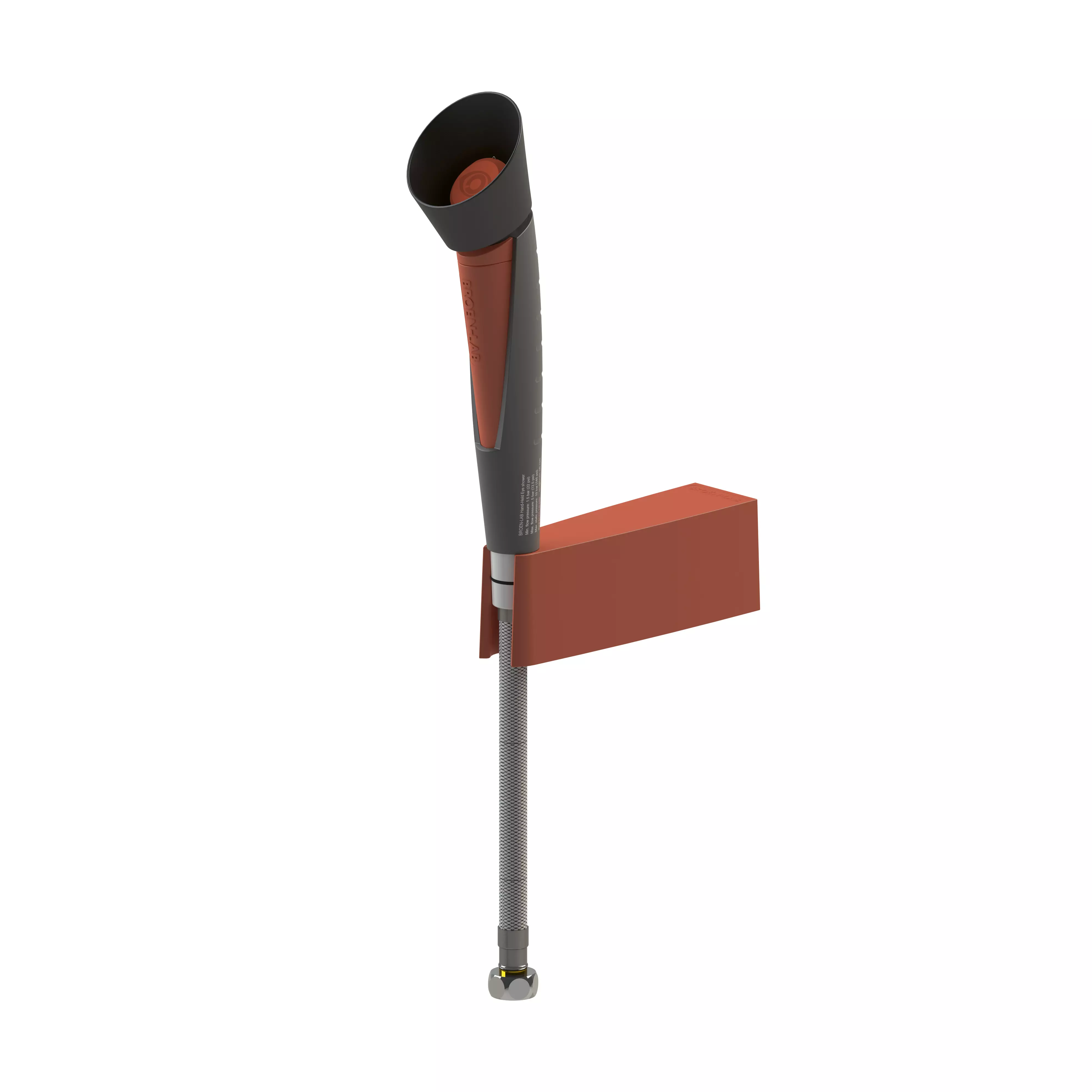Buy eye showers
Available, delivery time: 1-3 days
Eye showers for companies
Laboratories and production facilities that work with hazardous substances in their operations must have eye and body safety showers with drinking water connections in accordance with the regulations of the employers' liability insurance association. In the event of contamination, poisoning or chemical burns caused by chemicals and acids in the workplace, it is possible to react as quickly as possible and provide first aid.
Where are eye showers used?
The use of body and eye showers is mandatory for laboratories in particular. As part of a risk assessment, a decision is also made for companies in other sectors as to whether body showers, eye showers or eyewash bottles should be kept available as a result of various risk factors.
Risk factors would include:
- hazardous liquids
- Dusts
- Vapours
- Sparks
- Foreign bodies such as metal shavings or wood splinters
Which standards and guidelines apply to eye showers?
The European standard DIN EN 15154-2 specifies the general requirements for eye showers with a water connection. It is mandatory for laboratories and all other areas of application in which eye showers must be used. It regulates the labelling and also the distance that may lie between a workplace and the nearest eye shower station: 5 seconds. Further specifications relate to annual maintenance. The minimum required water volume of 6 litres/minute for eye showers applies to all areas of application.
There is also independent certification from the DVGW - German Technical and Scientific Association for Gas and Water - for eye showers with drinking water installations. This guarantees that the eye showers comply with the applicable standards and that the key requirements of the Drinking Water Ordinance are met.
What criteria should be considered when purchasing an eye shower?
- Compliance with the requirements of DIN EN 15154-2 or a comparable standard of a member state of the European Communities.
- The valve control element (lever, handle, knob or other operating element for opening) must be easily accessible and easy to operate in an emergency.
- The shut-off valve must be fully open after a maximum rotation of 90 degrees.
- The valve must not close automatically after opening.
- The water volume: at least 6 litres of flow rate per minute for each outlet opening, flow pressure: permanently at least 1 bar.
- The jet height: minimum 15 cm and maximum 30 cm.
- Permanently installed eye showers must be installed so that the highest point of the water jet is between 115 cm and 125 cm above the floor.
Can an eye shower be replaced by an eyewash?
No - eyewash bottles are not an alternative if an eyewash is prescribed for the respective establishment.
What should I bear in mind when using an eyewash?
- Either lean your head back and rinse from above or rinse your eye from below with your head bent forwards.
- Keep the eyelid open.
- Depending on the direction of rinsing, make sure that the harmful substance does not get into the other eye. If necessary, tilt the head to one side.
- It is important that the eye is rinsed with an even and soft stream of water.
- Continue rinsing until the doctor arrives to minimise the risk of eye damage.

